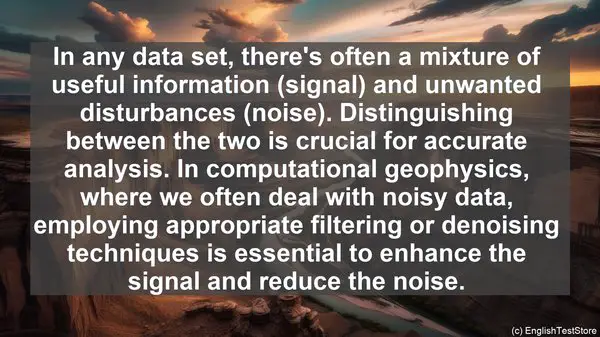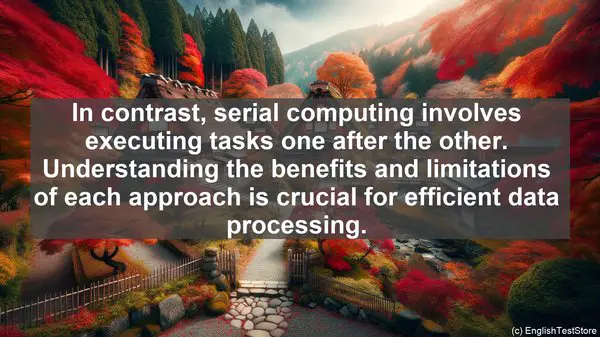Introduction: The Importance of Terminology
Welcome to today’s lesson on the top 10 commonly confused words in computational geophysics. As with any scientific field, precise terminology is essential for effective communication and understanding. In computational geophysics, where we deal with complex data sets and advanced algorithms, using the right word can make all the difference. So, let’s dive in!
1. Model vs. Simulation
One of the fundamental distinctions in computational geophysics is between a model and a simulation. While a model is a simplified representation of a real-world system, a simulation is the process of running that model to generate data or results. It’s crucial to grasp this difference, as misusing these terms can lead to confusion in discussions and publications.
2. Accuracy vs. Precision
Accuracy and precision are often used interchangeably, but they have distinct meanings. Accuracy refers to how close a measurement or result is to the true or expected value, while precision relates to the consistency and reproducibility of multiple measurements. In computational geophysics, where we deal with numerical approximations, understanding the trade-off between accuracy and precision is vital.
3. Interpolation vs. Extrapolation
Interpolation and extrapolation are two methods used to estimate values between or beyond known data points, respectively. Interpolation is based on the assumption that the relationship between data points is continuous, while extrapolation involves extending that relationship. It’s crucial to exercise caution when extrapolating, as it can introduce significant uncertainties.

4. Algorithm vs. Method
While these terms are often used interchangeably, there’s a subtle difference. An algorithm is a step-by-step procedure or set of rules for solving a problem, while a method is a broader approach or strategy. In computational geophysics, we might use multiple algorithms as part of a larger method to tackle a complex task.
5. Parallel vs. Serial Computing
With the increasing volume and complexity of geophysical data, parallel computing has become essential. In parallel computing, multiple tasks or calculations are performed simultaneously, often using multiple processors or computers. In contrast, serial computing involves executing tasks one after the other. Understanding the benefits and limitations of each approach is crucial for efficient data processing.
6. Inversion vs. Forward Modeling
Inversion and forward modeling are two essential techniques in geophysics. Inversion involves estimating the subsurface properties or parameters based on observed data, while forward modeling simulates the expected data response for a given subsurface model. Both techniques are complementary and often used iteratively to refine our understanding of the subsurface.
7. Noise vs. Signal
In any data set, there’s often a mixture of useful information (signal) and unwanted disturbances (noise). Distinguishing between the two is crucial for accurate analysis. In computational geophysics, where we often deal with noisy data, employing appropriate filtering or denoising techniques is essential to enhance the signal and reduce the noise.
8. Resolution vs. Sensitivity
Resolution and sensitivity are two key aspects when it comes to data acquisition or imaging. Resolution refers to the ability to distinguish between two closely spaced features, while sensitivity relates to the system’s ability to detect weak signals. Achieving high resolution often requires trade-offs in terms of data acquisition parameters or computational resources.
9. Grid vs. Mesh
In computational geophysics, we often discretize the subsurface or the study area into a grid or a mesh. While these terms are used interchangeably, they can have different meanings in specific contexts. A grid typically refers to a regular arrangement of cells, while a mesh can be more flexible, allowing for irregular cell shapes.
10. Velocity vs. Speed
In everyday language, velocity and speed might be used synonymously, but in physics and geophysics, they have distinct definitions. Velocity is a vector quantity, meaning it has both magnitude and direction, while speed is a scalar quantity, representing only the magnitude. Understanding this distinction is crucial, especially when analyzing seismic or wave data.

